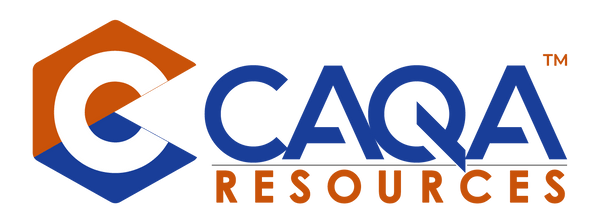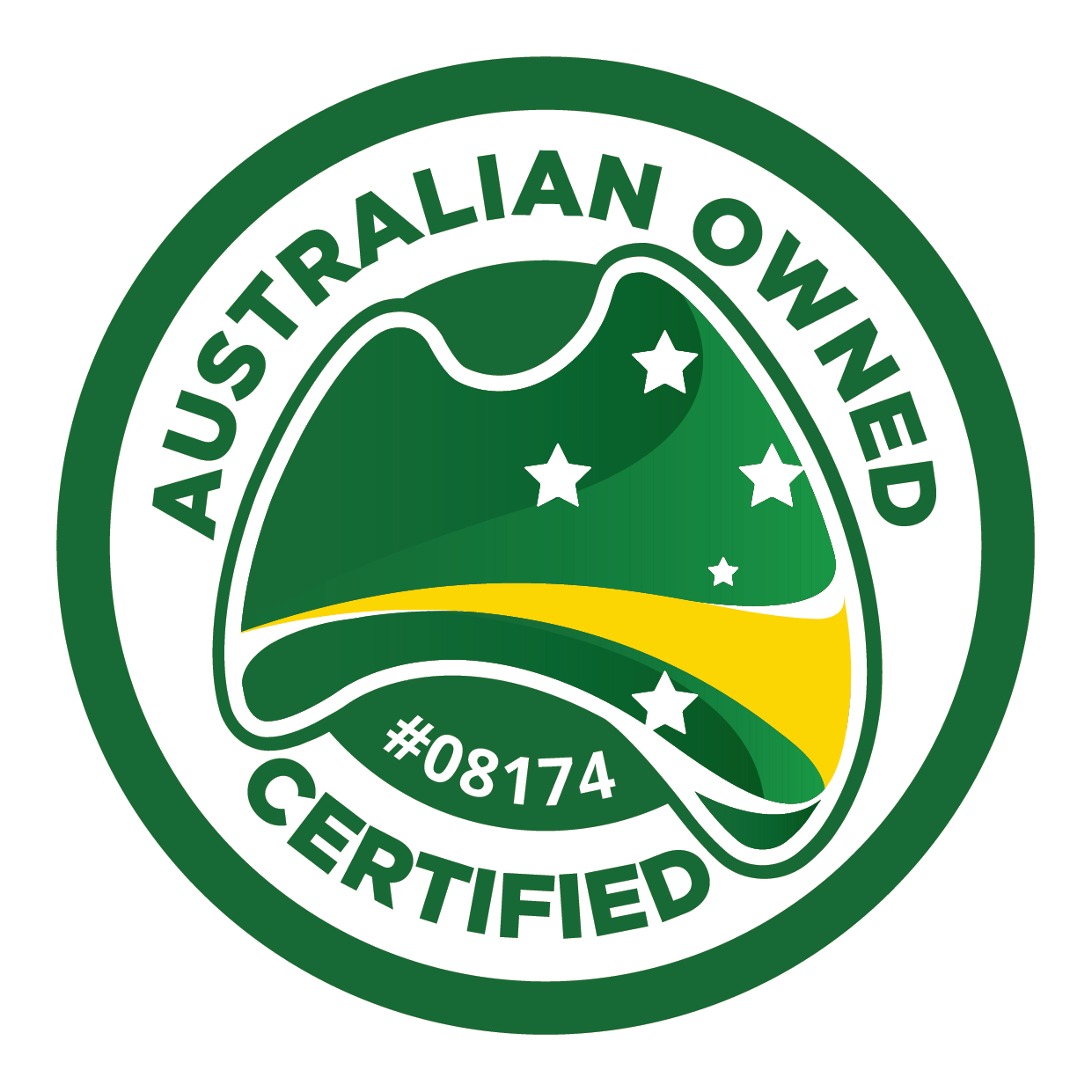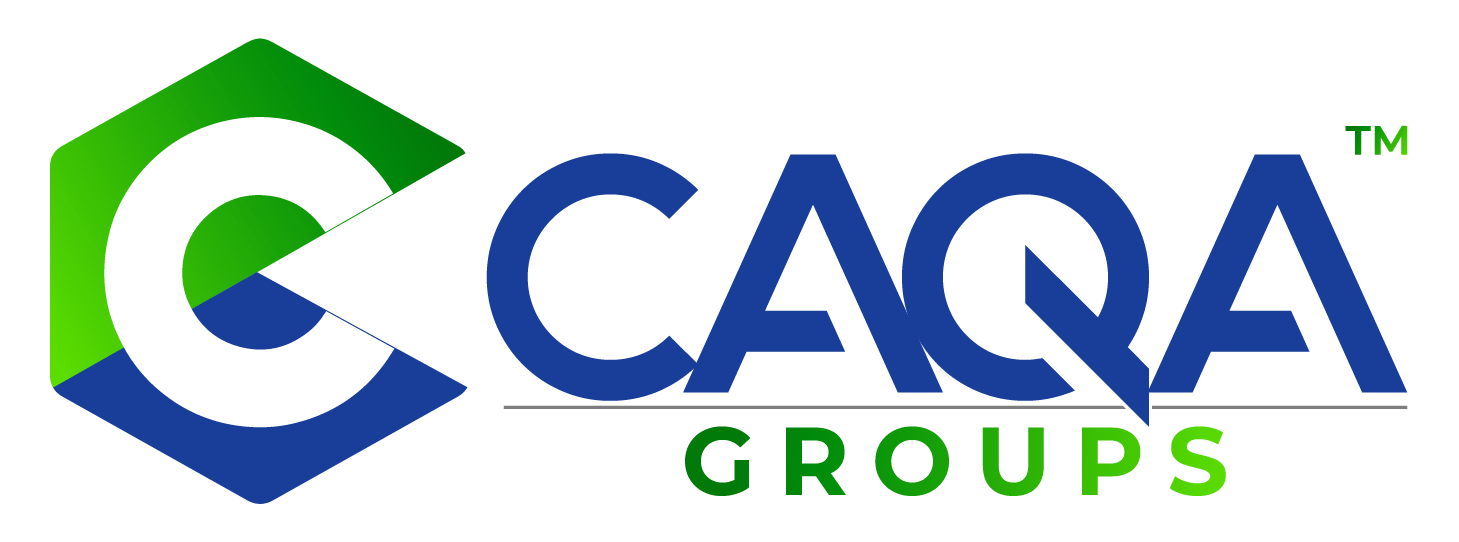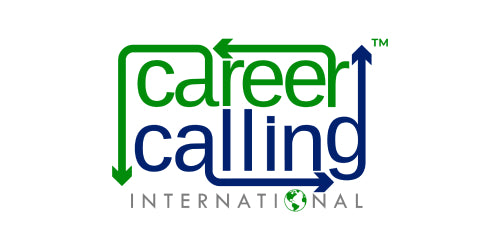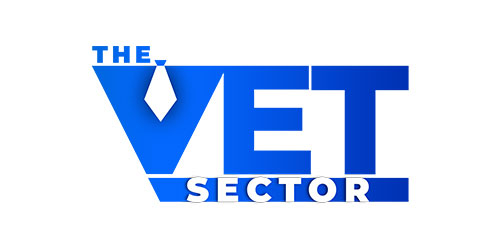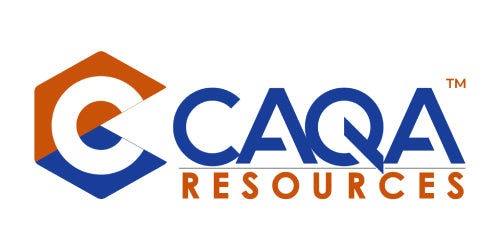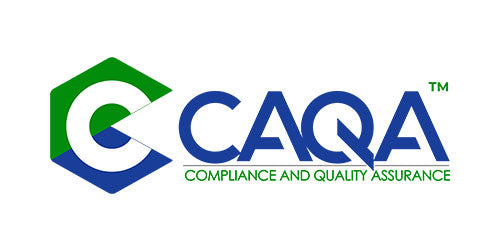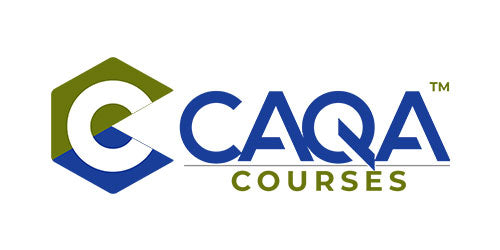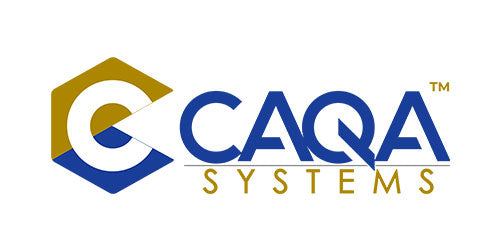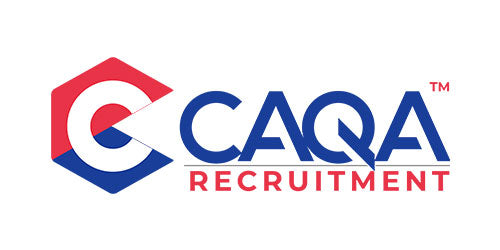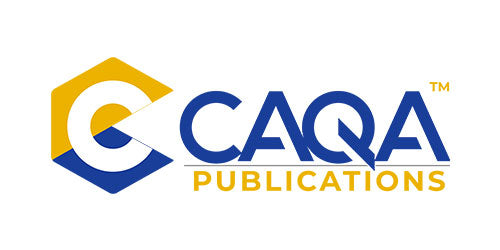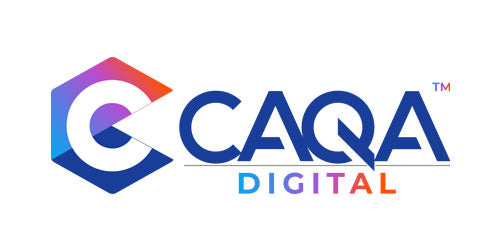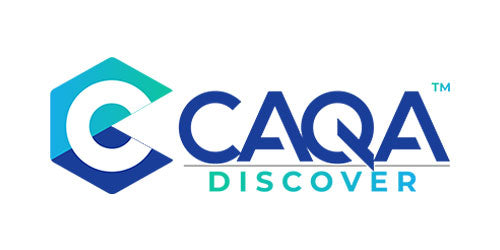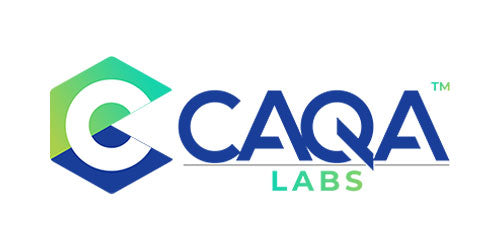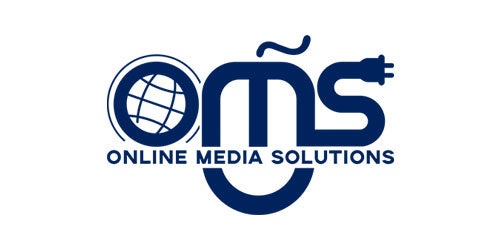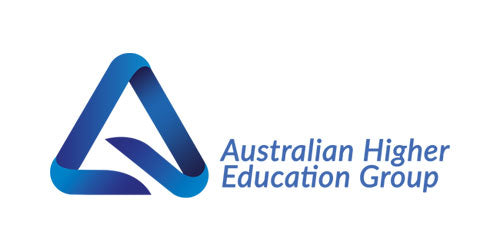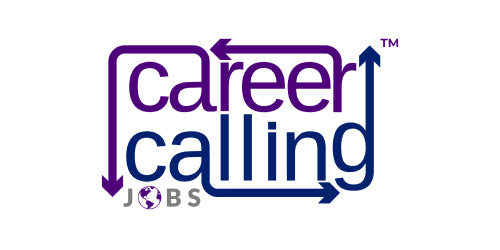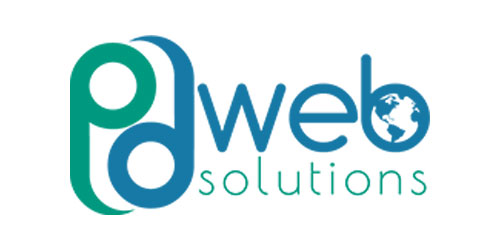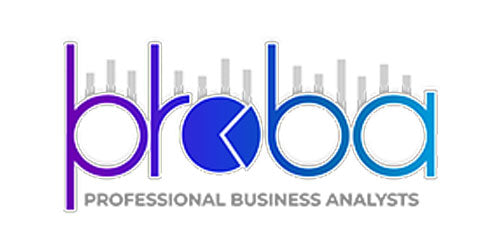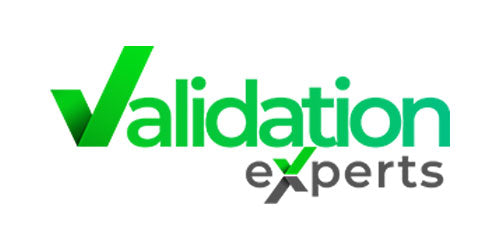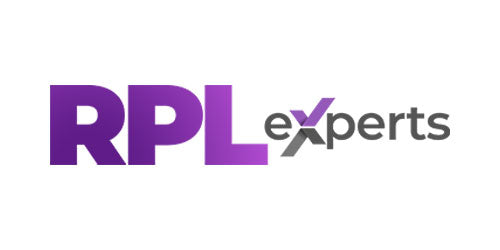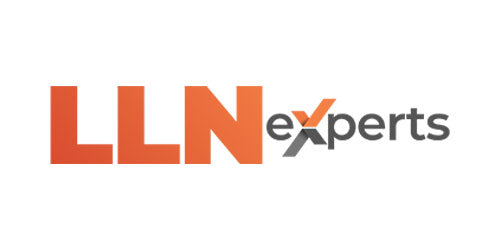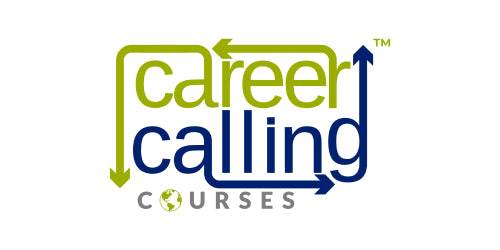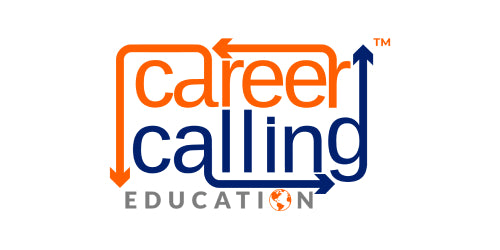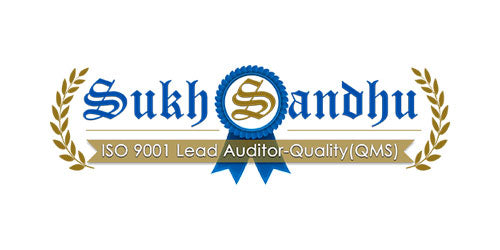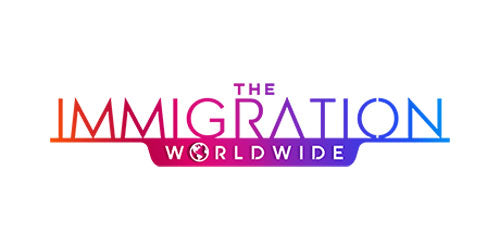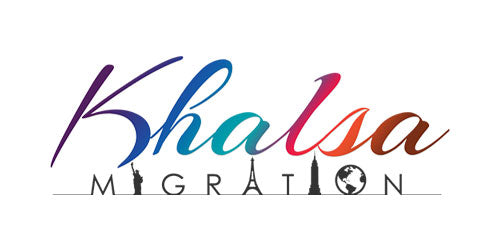The revised Standards for Registered Training Organisations (RTOs) bring a significant shift in how governance is approached within the vocational education and training (VET) sector. Quality Area 4: Governance has been overhauled to emphasise leadership, accountability, risk management, and continuous improvement, reflecting modern governance practices and the evolving needs of students, staff, and the sector as a whole. Below is a comparison between the Standards for RTOs 2015 and the revised standards, highlighting the key differences in Quality Area 4.
Structure and Organisation: Streamlined for Clarity and Effectiveness
The revised standards introduce a focused outcome statement for Quality Area 4, which emphasises the need for effective governance structures that support continuous improvement and quality service delivery. The standards are now organised into three distinct focus areas:
- Leadership and Accountability
- Risk Management
- Continuous Improvement
This structured approach provides a more precise framework for RTOs, enabling them to ensure their governance processes are robust, transparent, and aligned with best practices in corporate governance.
Leadership and Accountability: Integrity at the Core
- Integrity and Accountability (Standard 4.1): The revised standards place a stronger emphasis on operating with integrity and being accountable for the quality of training services delivered. This represents a clear shift from the 2015 standards, where integrity was not as explicitly highlighted. RTOs must now demonstrate ethical leadership and be accountable for every aspect of their operations.
- Clear Roles and Responsibilities (Standard 4.2): This standard ensures that the roles and responsibilities within an RTO are clearly defined and understood. By establishing clear lines of accountability, RTOs can ensure that everyone within the organization knows their duties, responsibilities, and how they contribute to the overall governance and quality of the organisation. This clarity was less prominent in the 2015 standards and is now more directly addressed.
Risk Management: A New Focus on Proactive Risk Mitigation
- Comprehensive Risk Management (Standard 4.3): One of the most significant changes in the revised standards is the introduction of a dedicated focus on risk management. RTOs are now required to identify, assess, and manage risks that could impact VET students, staff, and the organisation as a whole. The emphasis on risk management reflects a more proactive and structured approach to governance, ensuring that RTOs can mitigate potential challenges before they affect training delivery or student outcomes.
- Student-Centered Risk Management: A key aspect of this standard is the explicit mention of risks to VET students, highlighting the revised standards' more student-centered approach. By focusing on student welfare, RTOs are encouraged to consider the broader implications of their governance decisions on their learners.
Continuous Improvement: A Systematic Approach
- Systematic Monitoring and Evaluation (Standard 4.4): While continuous improvement was part of the 2015 standards, the revised version introduces a distinct focus area for it, ensuring that RTOs adopt a systematic approach to monitoring, evaluation, and improvement. This includes regularly assessing governance practices, training delivery, and student outcomes to ensure that quality remains a top priority.
- Culture of Continuous Improvement: The revised standards encourage RTOs to foster a culture that prioritises continuous improvement, not just as a compliance measure but as a core aspect of their governance strategy. This approach ensures that RTOs remain adaptable, innovative, and aligned with the evolving needs of the sector.
Key Differences: A More Holistic Approach to Governance
Holistic Governance Approach
The revised standards take a more comprehensive view of governance, encompassing leadership, accountability, risk management, and continuous improvement. This represents a shift from the 2015 standards, where governance was more narrowly defined. By focusing on multiple aspects of governance, the revised standards ensure that RTOs adopt a well-rounded approach to managing their operations.
Emphasis on Integrity
A stronger focus on integrity is a hallmark of the revised standards. RTOs are now explicitly required to operate ethically and be accountable for the quality of their services. This focus on integrity aligns with broader trends in corporate governance, where transparency and ethical leadership are seen as essential to organisational success.
Risk Management Focus
The introduction of a specific standard for risk management is one of the most notable changes in Quality Area 4. While the 2015 standards touched on risk in certain areas, the revised standards make it a central focus, encouraging RTOs to proactively manage risks to their students, staff, and operations. This shift reflects a more forward-thinking and student-centered approach to governance.
Continuous Improvement as a Distinct Focus Area
In the 2015 standards, continuous improvement was part of broader governance requirements, but the revised standards make it a standalone focus area. This distinction underscores the importance of ongoing evaluation and improvement in maintaining high-quality training and governance practices. By requiring systematic monitoring and evaluation, the revised standards ensure that RTOs are continuously refining their operations.
Clarity in Roles and Responsibilities
The revised standards place a greater emphasis on the need for clearly defined roles and responsibilities within an RTO. This helps eliminate ambiguity and ensures that all staff members understand their individual contributions to the organisation’s governance and quality outcomes. This clear delineation of responsibilities was less prominent in the 2015 standards.
Financial Viability Linked to Risk Management
While financial viability was part of the 2015 standards, the revised version more explicitly links it to risk management. RTOs are now required to ensure that their financial management is part of their broader risk management strategy, helping them remain financially stable while delivering high-quality training services.
A Proactive, Student-Centered Approach to Governance
The changes introduced in Quality Area 4: Governance reflect a shift towards a more comprehensive, proactive, and student-centred approach to governance in the VET sector. The emphasis on integrity, risk management, and continuous improvement aligns with modern corporate governance practices, ensuring that RTOs are equipped to meet the challenges of the future.
By fostering clear leadership and accountability structures, adopting proactive risk management, and embedding continuous improvement into their operations, RTOs can ensure that they remain responsive to the needs of students, staff, and the broader community. These changes not only enhance governance practices but also position RTOs as leaders in the evolving VET sector, committed to delivering high-quality training in a transparent and ethical manner.








